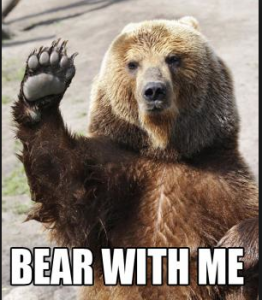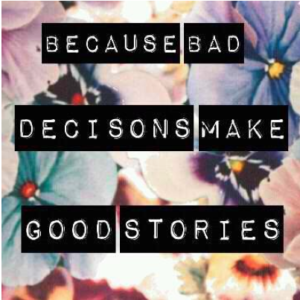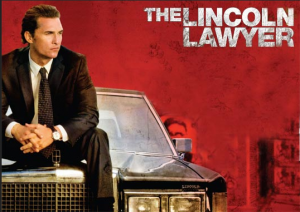Which is more important? Plot or character? Though an interesting discussion—sort of like, Could Ronda Rousey take a Klingon with only her bare hands?—it isn’t really a useful discussion for anything other than fun. To write great fiction, we need both. Plot and characters work together. One arc drives the other much like one cog …
Tag: understanding the antagonist
Jul 19 2013
The Single Largest Cause of Writer's Block–Might Not Be What You Believe
When I initially began writing fiction, I was shocked how terrible I was at it. Oh, page to page, the writing was lovely. But as a whole? I kept creating mess after mess, a blob with no internal structure that made sense. To make matters worse, I would hit about 30-40, 000 words an hit a WALL. I was paralyzed with no idea how the story should progress.
This, then led to editing and reediting the beginning until I was just ready to throw myself in traffic.
- 1
- 2












